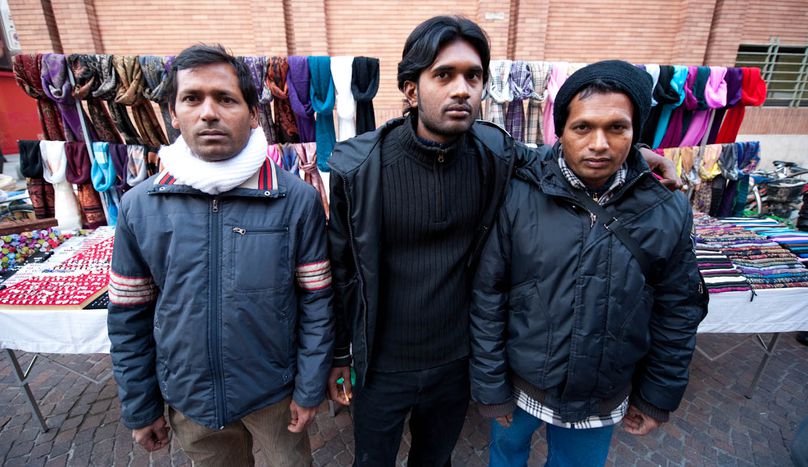
Images: immigrants during the crisis in the streets of Turin
Published on
For decades, Turin's flourishing economy has attracted thousands of immigrants from all over the world. The financial crisis has changed the reality for many of them. A walk through the multicultural streets of the Piedmontese capital, where the impact has hit those behind the market stalls in particular
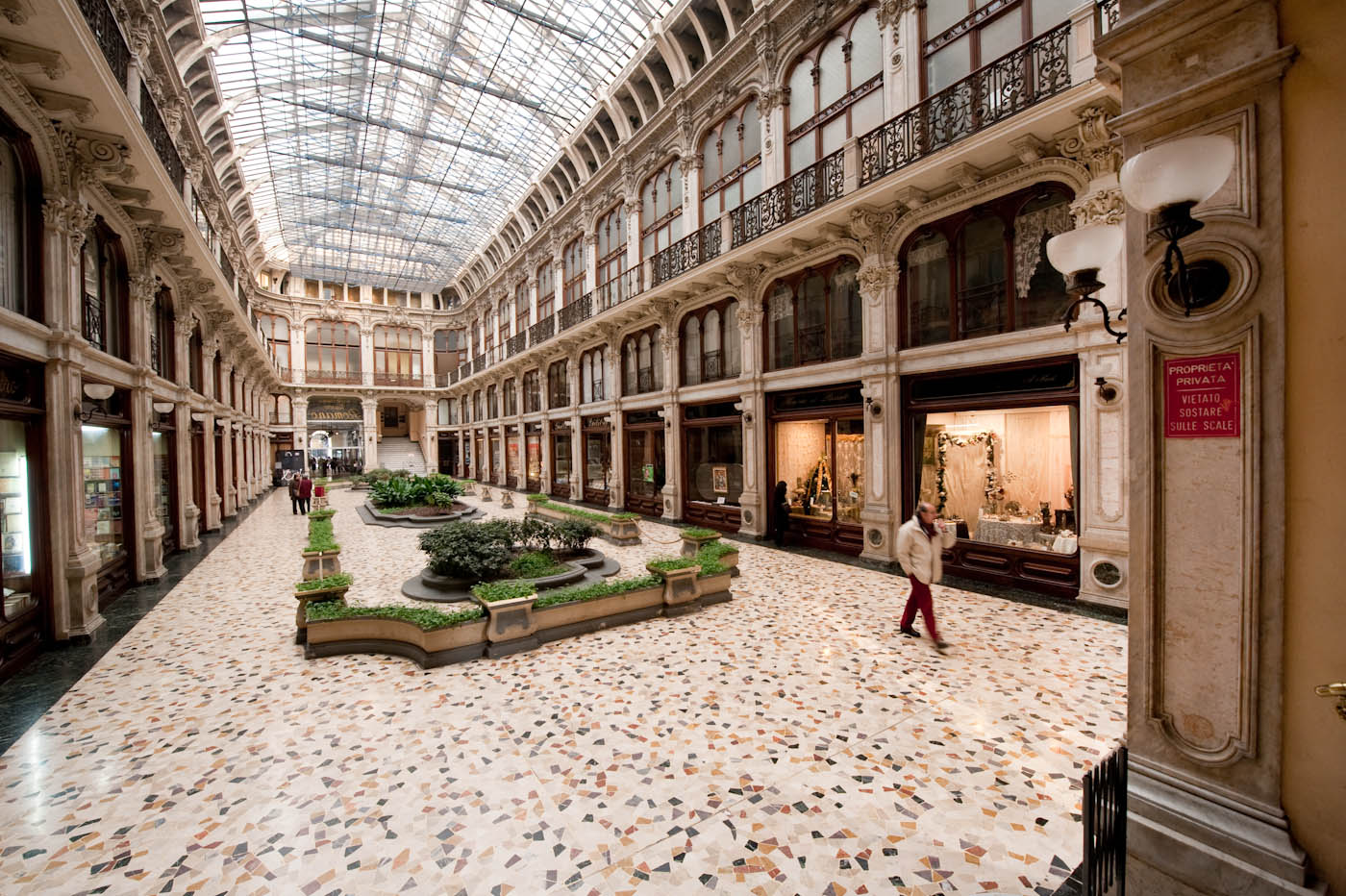
Galleria Subalpina, off the Piazza Castello. A little gem in the heart of Turin - although easy to miss, it boasts many beautiful shops in the most lavish of surroundings
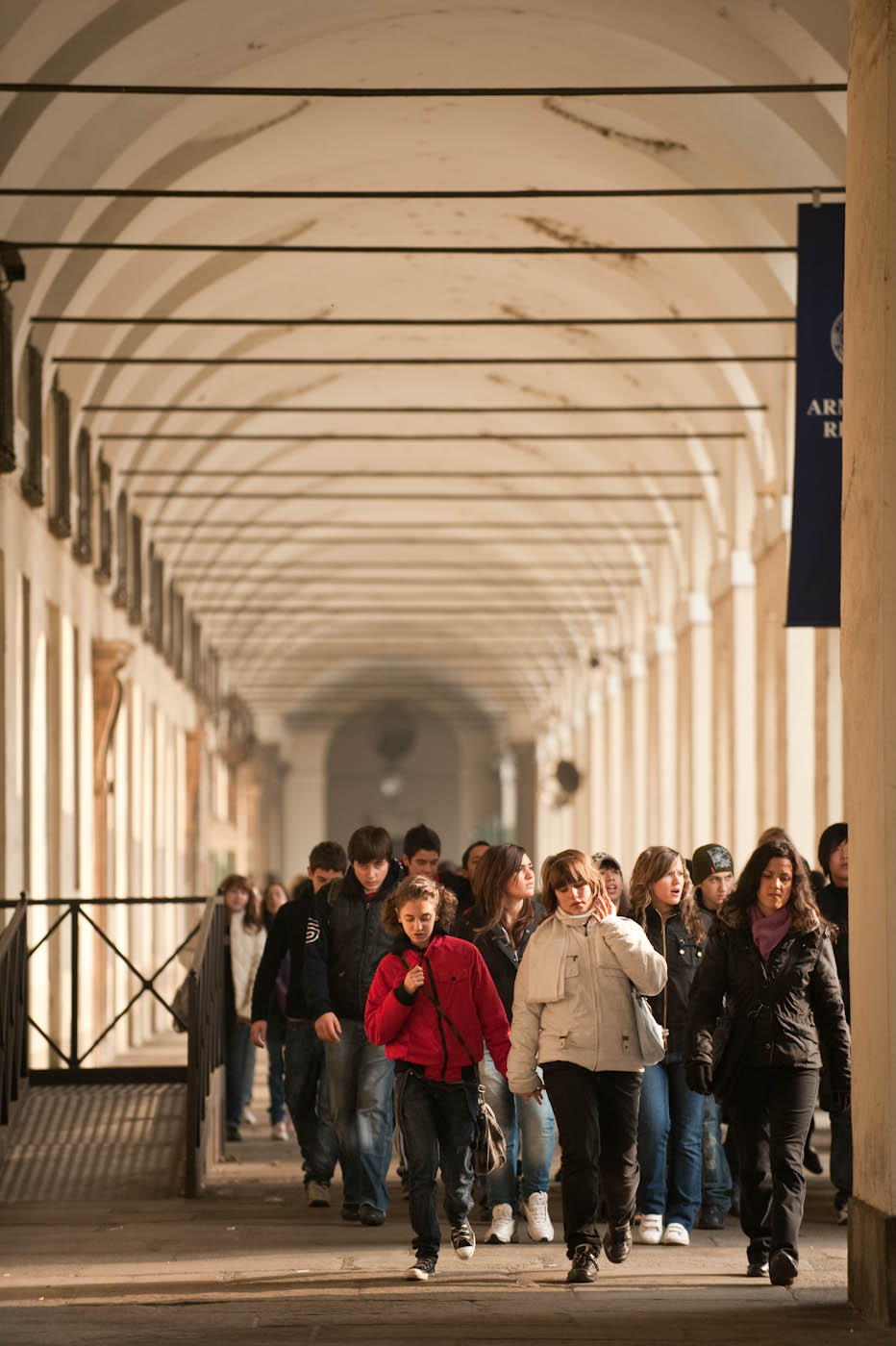
Scores of students and school kids from the nearby Genova and Milan visit Turin each year for its rich cultural heritage and breathtaking architecture

As Italy's first capital in 1861, Turin still boasts its heritage as a former major European political centre
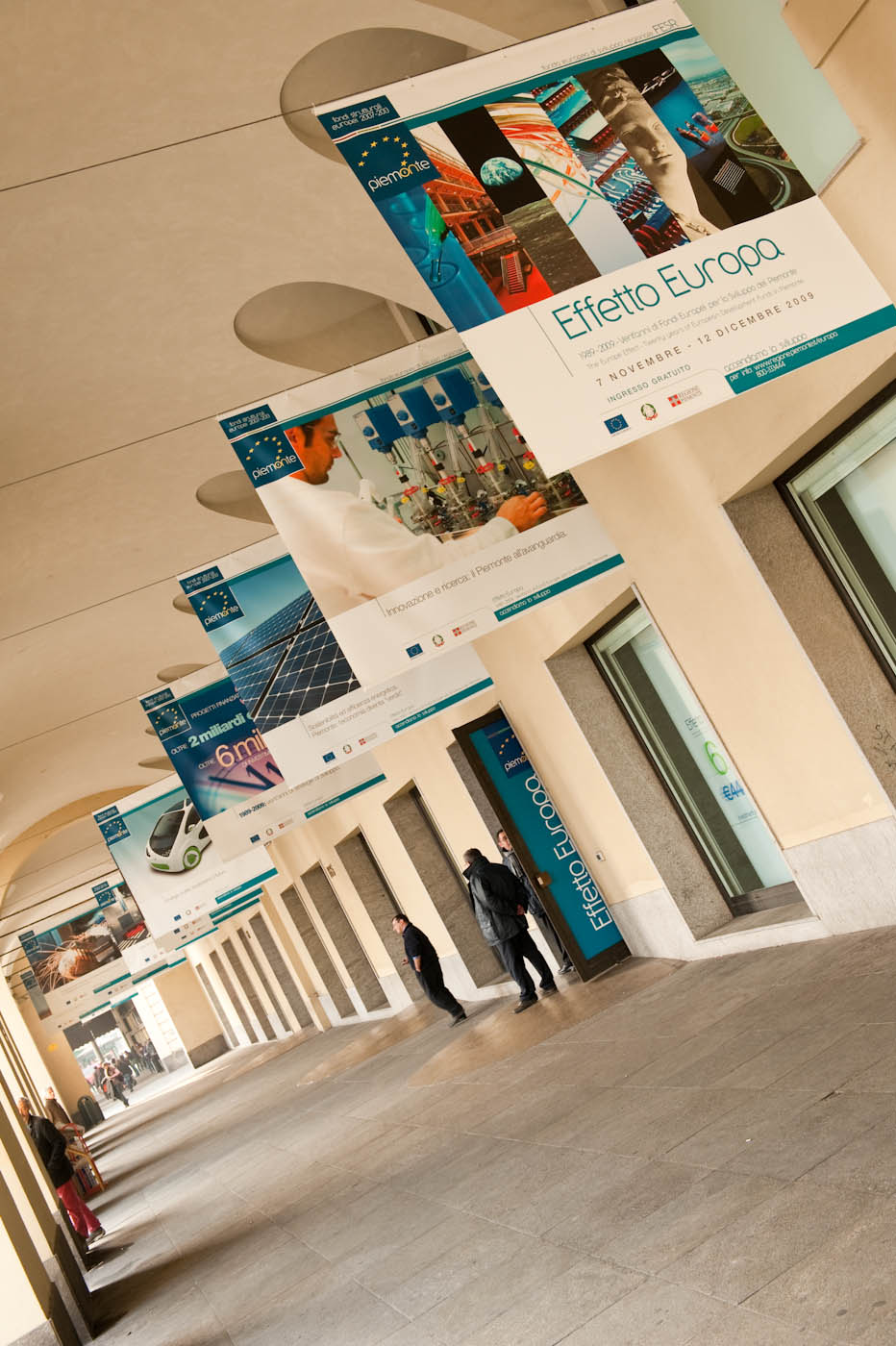
An exhibition aimed at demonstrating the benefits brought by the European regional development fund on the Piedmont region and Turin's economy and development over the last two decades

Like many others before him, Salam came from Bangladesh in 2005 in search of a better life and the prospect of work in one of Turin's many industries
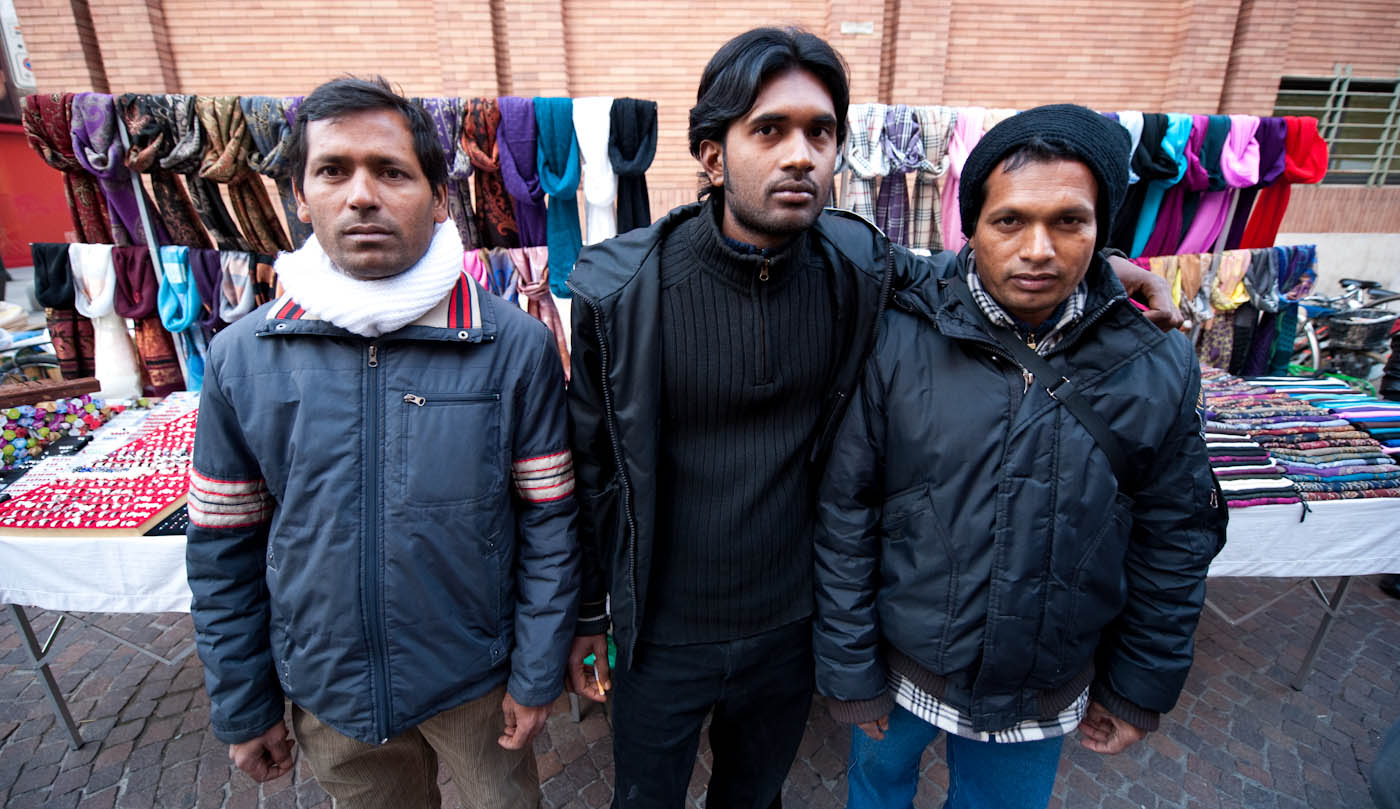
Many of these men once worked in factories around Turin. As the industries in the region declined in the recession, they've had to find other ways to make a living
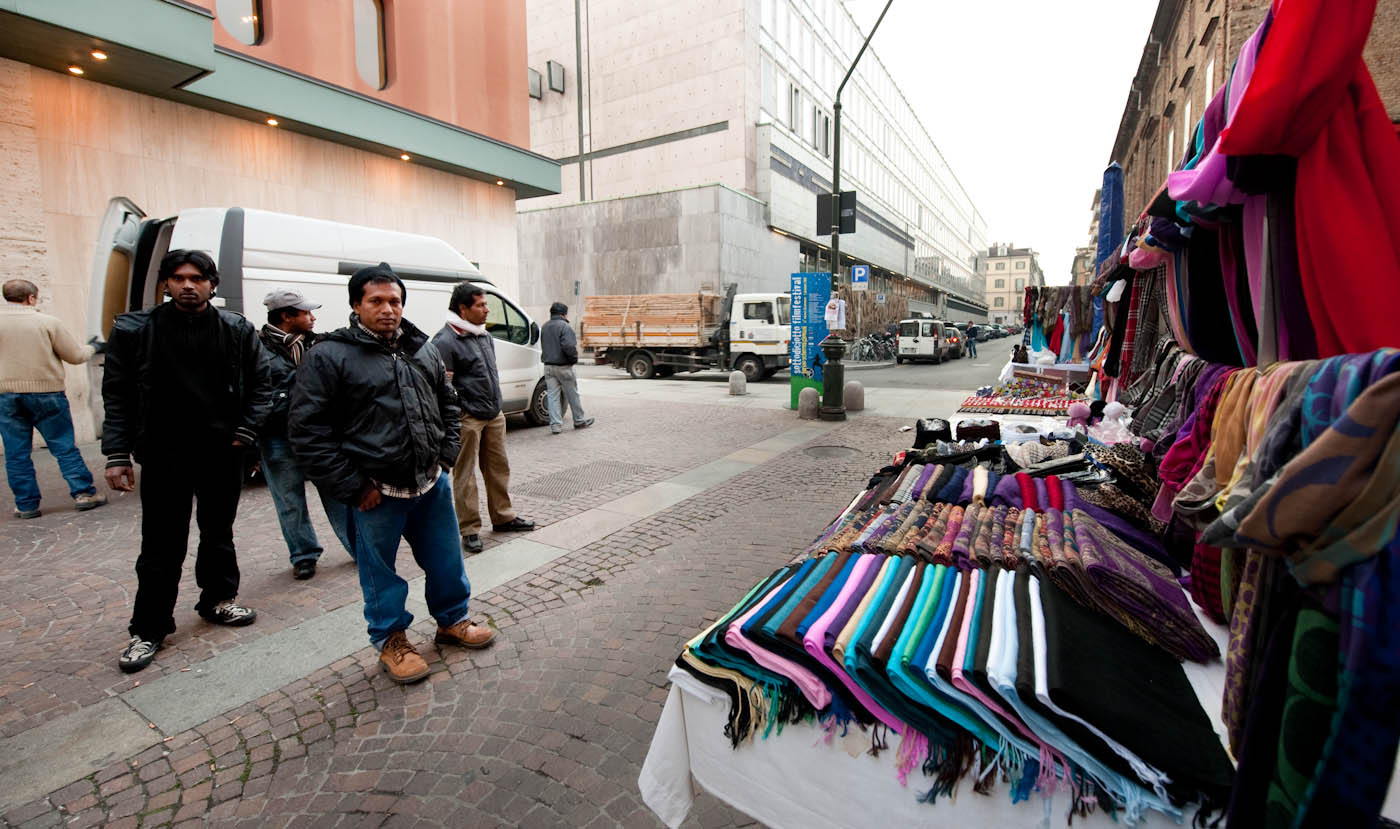
Working 10 to 12 hours a day, at least six days a week, they take home around €25 (23 pounds) a day. Most have left their families behind and will send as much or as little as they can back home
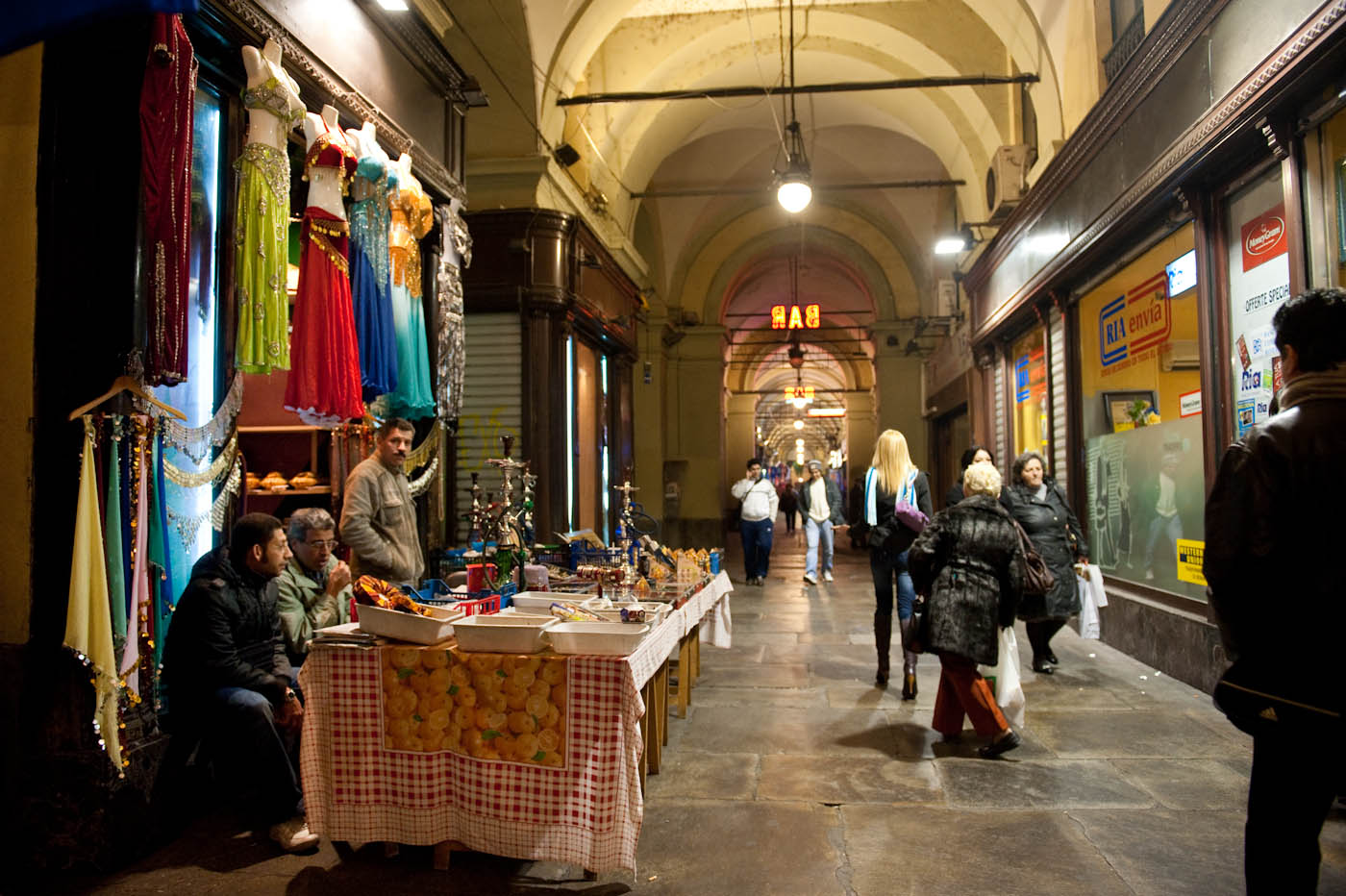
Right next to Turin's main train station, has always been an area of cheap rent. It has attracted various waves of immigrants, from the masses of southern Italy in the 50s and 60s to the northern African immigrants later on
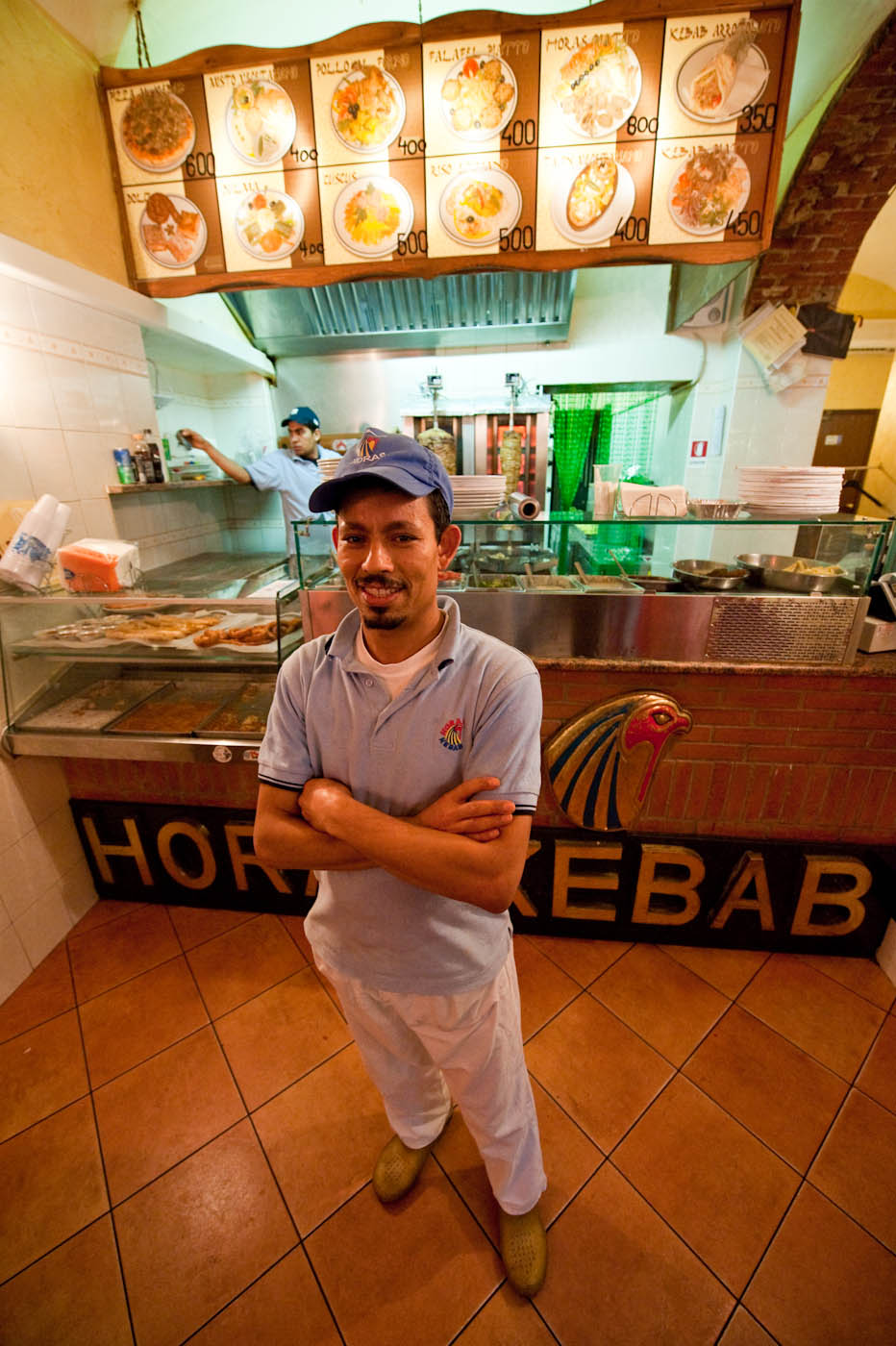
Bibo came to Turin aged 16 from Cairo and worked as a chef for nine years. With all the money he'd saved up year after year, he opened up the first kebab shop in San Salvario, now one of the most popular in the city. He's now the proud owner of several businesses including a butchers, a bakery, a barbers shop and yet another kebab shop on one of Turin's busiest streets
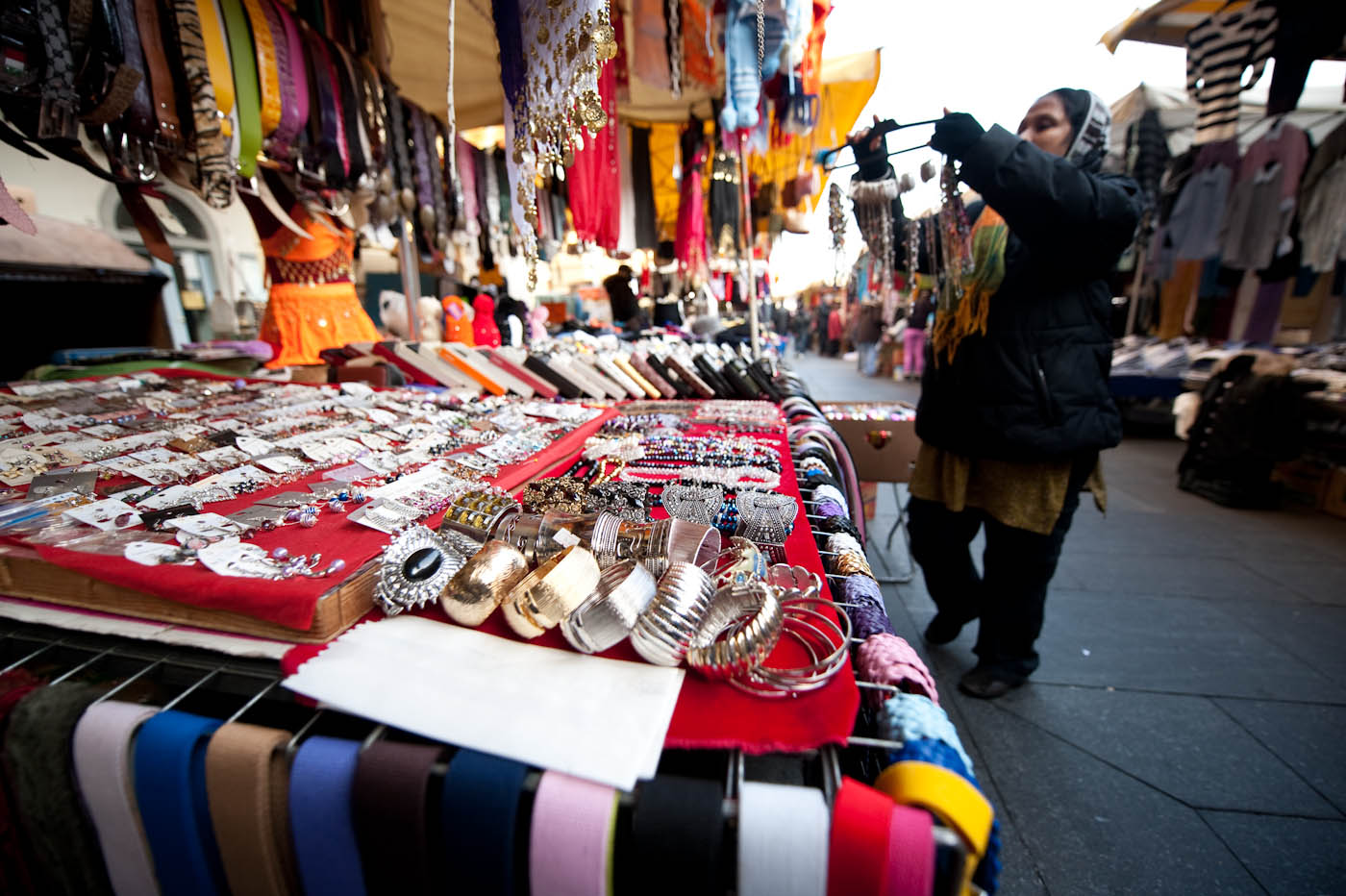
Turin's main market on the Piazza della Repubblica. Meat, pasta, cheese, vegetables, clothes, accessories and household items for whoever wants to buy. A place full of colours, smells and sounds
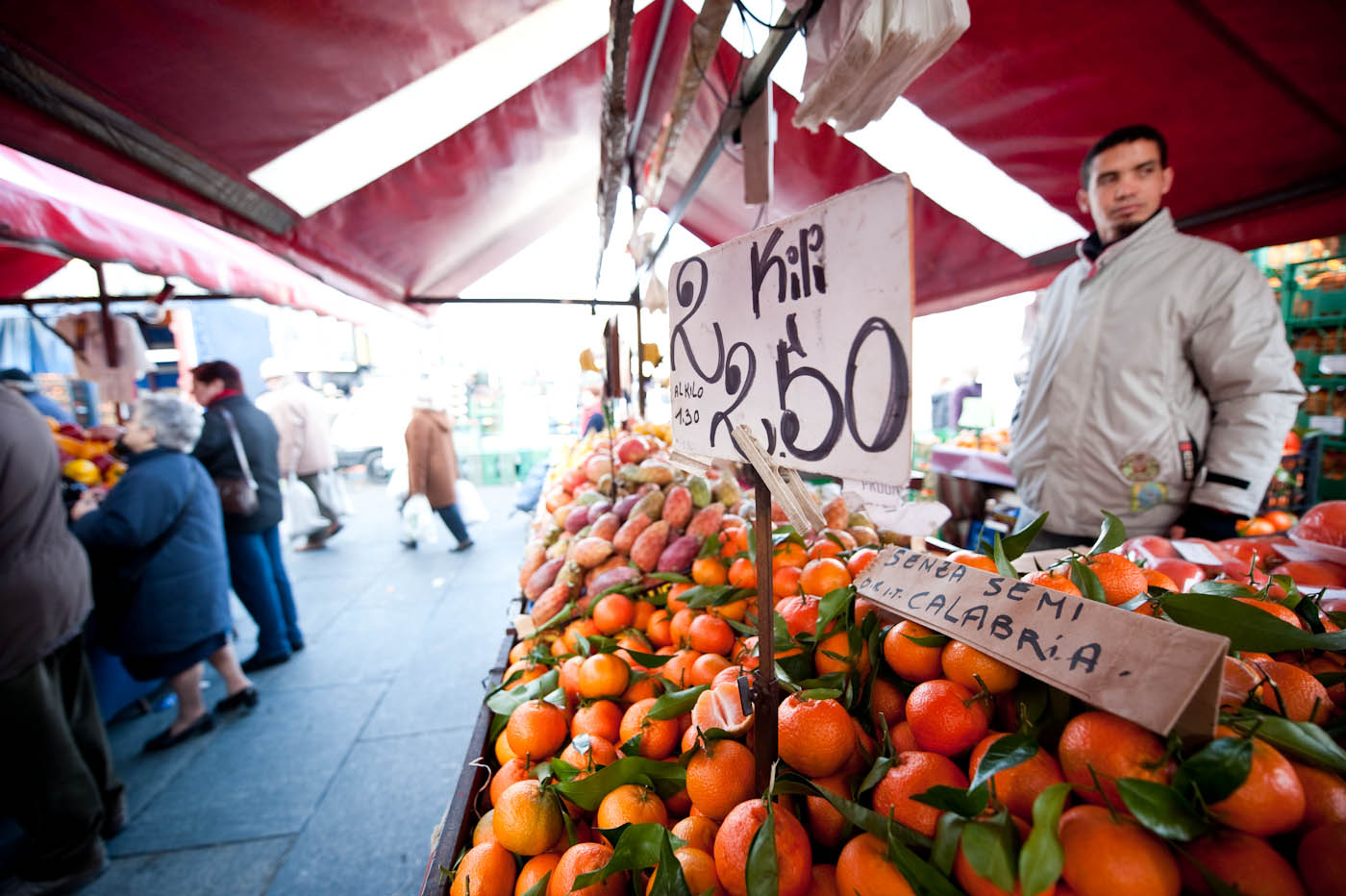
Turin's immigrant populations originate mostly from eastern Europe, Northern Africa and Asia.
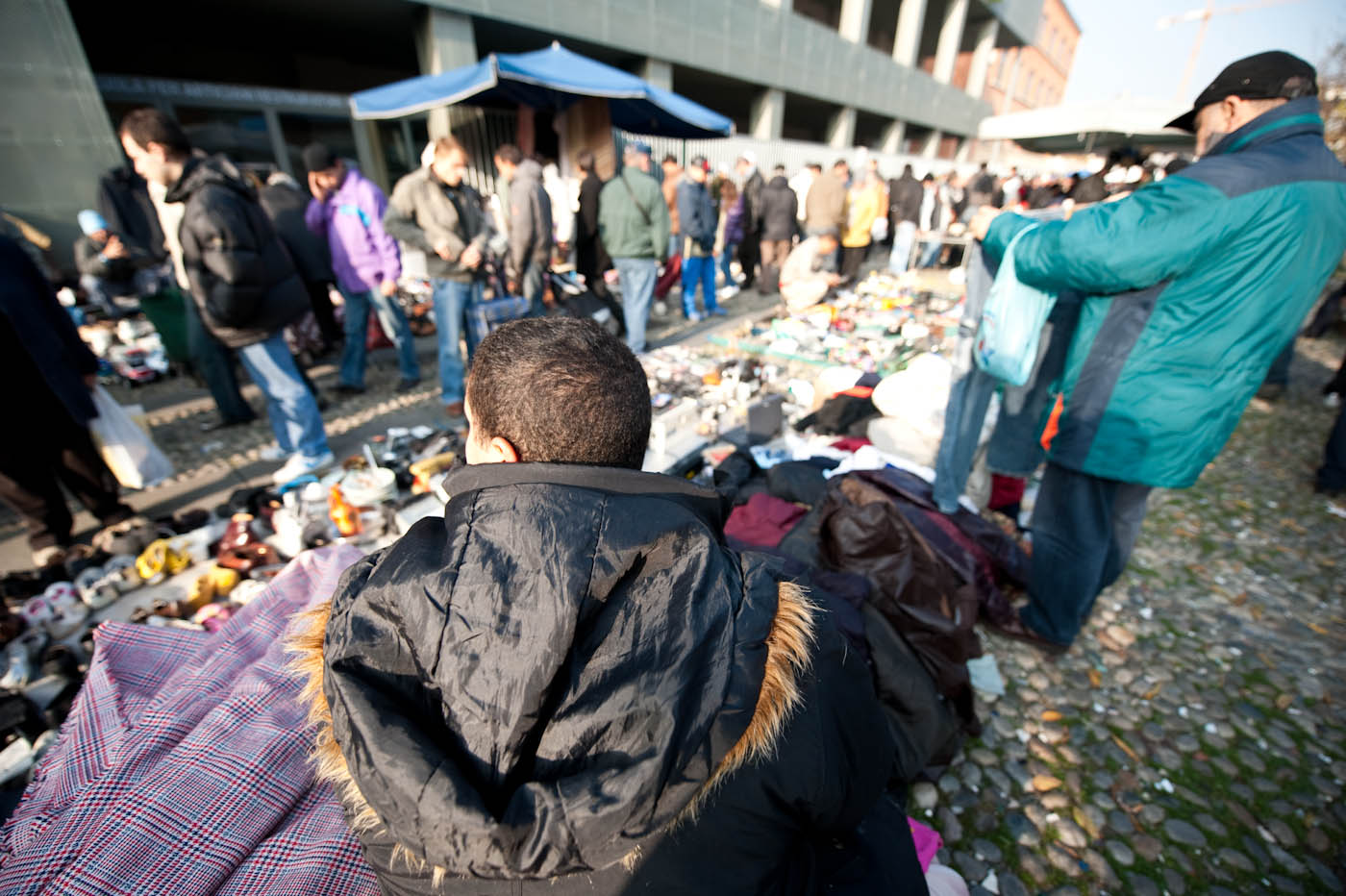
Although they’ve been residents for many years, it is often very difficult to get their papers in order and make their stay in the country ‘official’. My camera was often frowned upon as I walked through the market
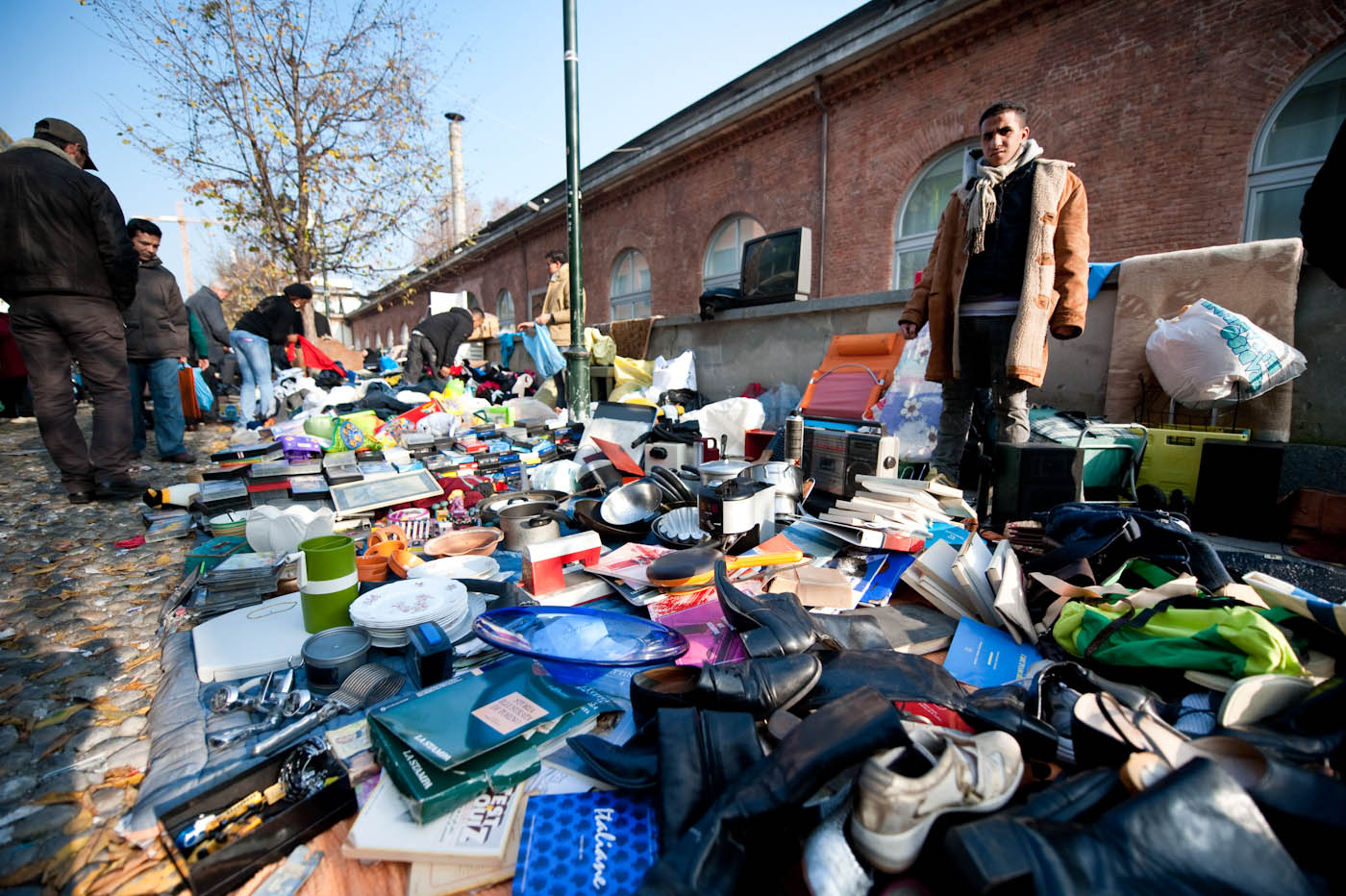
At the northern end of the market, an improvised (and popular) ‘garage sale’ is yet another way to make a bit of spare cash during difficult times

‘Who buys this?’ you might wonder, but would it be on display if it wasn't going to interest anybody...
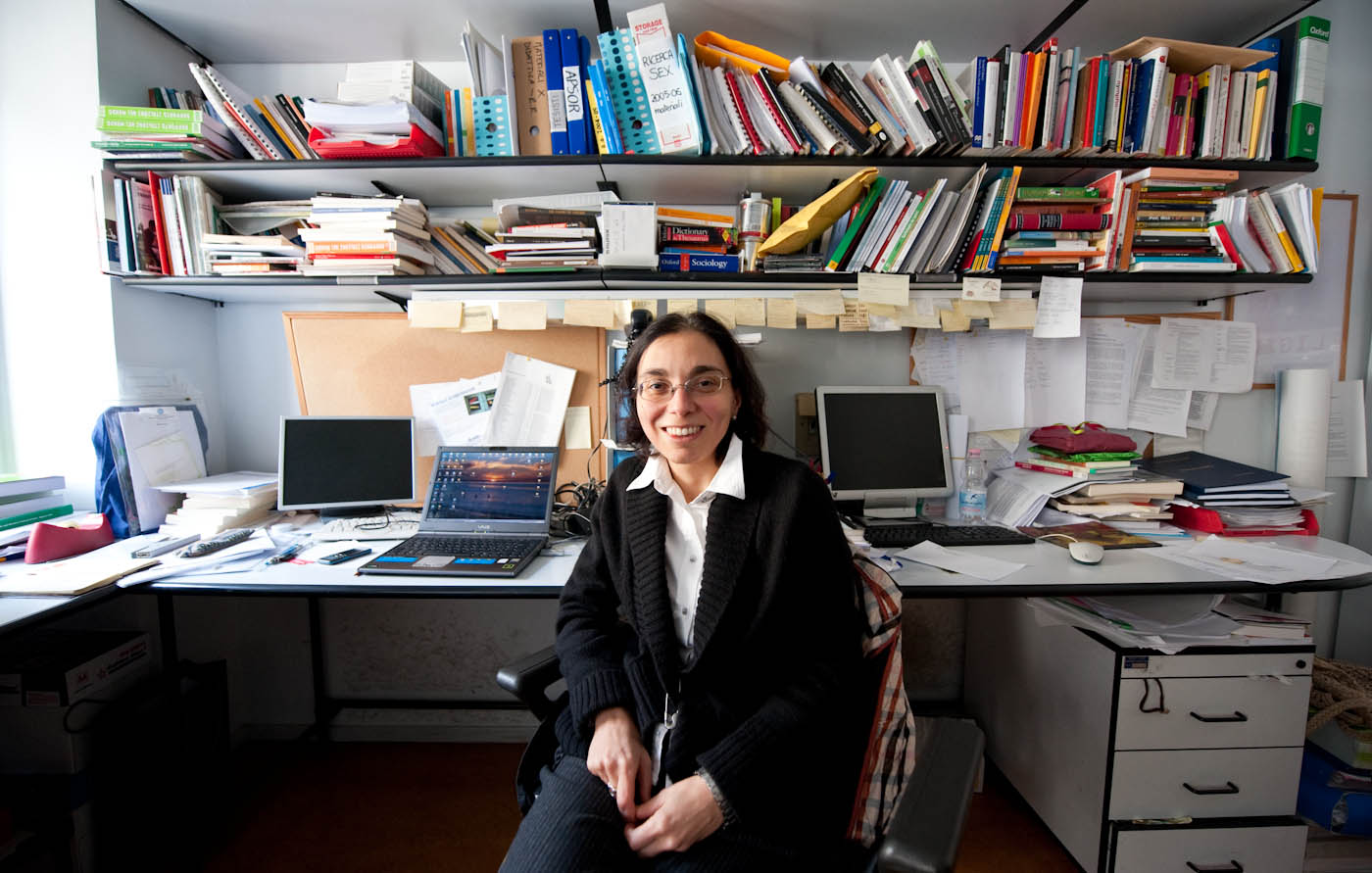
The sociologist at the University of Turin wrote a report for Caritas (NGO) on the importance and the benefits of foreign workers on the Italian economy
All the pictures by Greg Fonne



